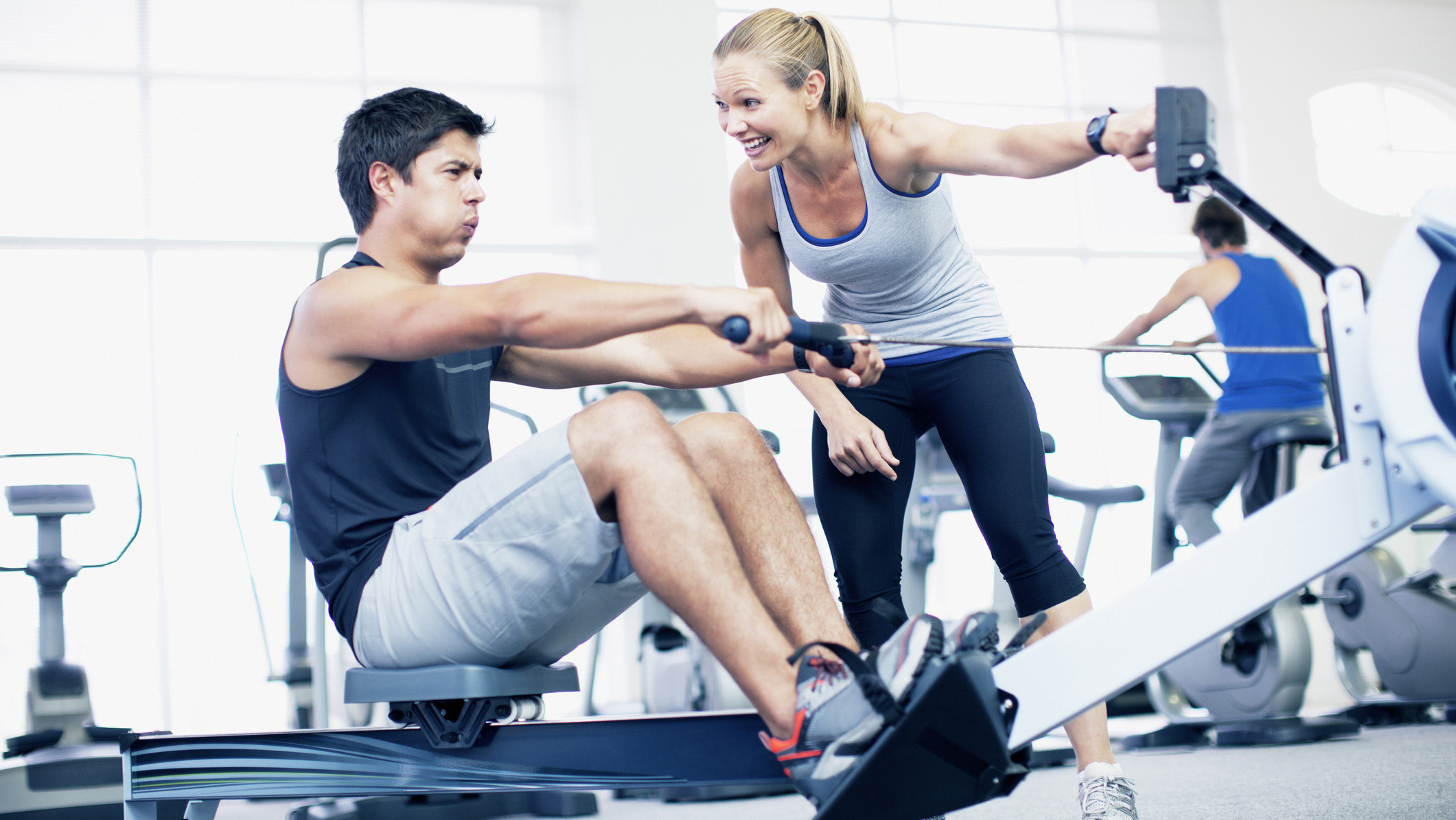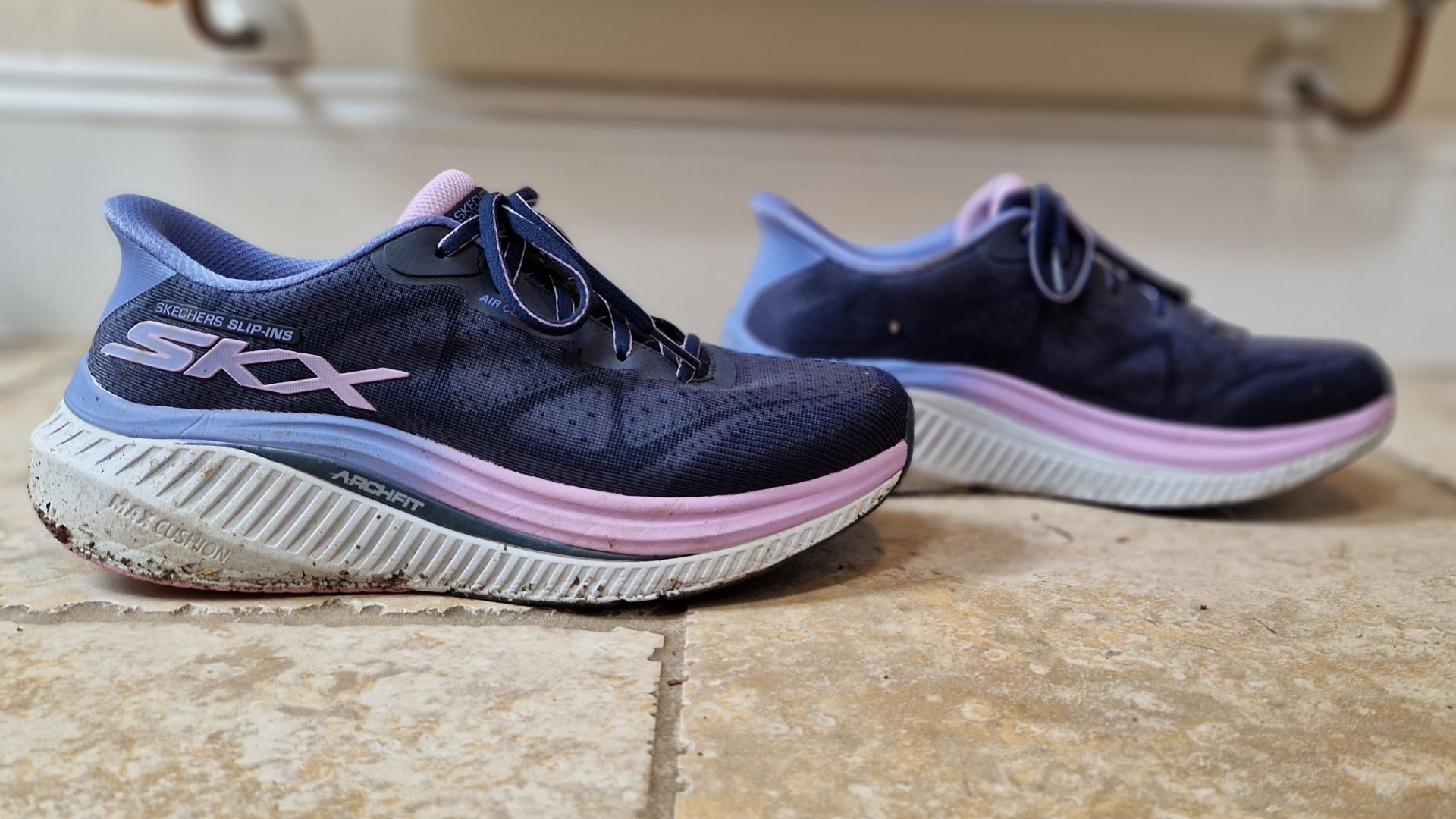3 fat-burning rowing machine workouts for beginners through to advanced
Not sure how to get the most out of your rowing machine workout? We’ve got a routine for every ability…


Row, row, row your boat, gently down the str... Oh. Wait. There’s no stream, and we’re safe and dry in a gym (or, more likely right now, your home gym).
Wherever you’re working out (and nursery rhymes aside), the rowing machine is a calorie-burning piece of kit that offers a full-body, low-impact workout - which is what you’ll get with our 20 minute workouts below.
- Looking to shift pounds? Try the best exercises machines to lose weight
- Building a home gym? Make sure you get the best elliptical machine
- How to get fit: expert tips for a happier, healthier life
Personal trainer Lawrence Price explains that the rower is great for strengthening the body and burning body fat. And what’s the adjustable tab on the side of the rower, at the front that goes from one to 10? ‘That’s the damper – effectively an effort-level gauge. The higher the number, the more effort needed.’
But it’s not always accurate. So you need to set your drag factor. How? Press the ‘main menu’ button on your row screen, select ‘display drag factor’, and perform a few strokes to judge. Then, adjust the damper to set the resistance according to your goals.
Ready to go? First read our note on rowing form, then hop on a machine (here's are our pick of the best rowing machines) and prepare to get sweaty...
How to use a rowing machine
Before you begin, be sure to get your form right. Sitting on the row seat with your feet strapped in, reach forward, knees bent, and grab the handle. As you push yourself away from the foot rest, most of the power should come from the legs - NOT your arms.
As your knees straighten, keep the upper back engaged around the shoulder blades and complete the stroke by pulling the handle into the ‘V’ in the front of your ribcage.
Get the Fit&Well Newsletter
Start your week with achievable workout ideas, health tips and wellbeing advice in your inbox.
As you return forward for the next stroke, pass the handle past the knees before they bend. People go wrong when bending the knees before returning the handle.
Rowing machine lingo explained
Ergo: An indoor rowing machine
Stroke: The full action from the reach forward to the pull back. The taller you are the greater the stroke length – many top rowers are over 6ft.
Splits: A measurement of speed, most often over 500m. When rowing hard you can set the display to feedback your 500m split time for the intensity produced. The lower the number, the faster you are going and the more impressive your split!
Rowing machine workout for beginners
Set the rower to a drag factor of 130-140 only or damper level 5. Aim for 20 strokes per minute for the first two minutes – it feels slow but practise sticking to the pace!
Next, take it up to 25 strokes per minute for the second two-minute segment.
Finally, minute five is 60 seconds of hard work - simply one minute of exploring the intensity you can produce without burning out. Aim high but don’t overdo it!
Repeat all of this three times until 20 minutes is up. Once finished take a photo of your distance on the screen and make a record. Over time, this distance will naturally increase as your technique and fitness builds.
Intermediate rowing machine workout
Set the drag factor to 160 or damper level 8. Row as hard as you can for 500m then follow with one minute of active recovery. Then, row 400m at max effort followed by one-minute active rest.
Next complete a 200m sprint, with an active recovery of one minute. Make your way back up the pyramid by tackling 400m, then 500m again before coming back down the distances and so on. Keep going until the 20-minute workout has elapsed.
Note: During the recovery minute gently move in the seat, but keep energy output to a minimum.
Advanced rowing machine workout
Set the drag factor to 160 or damper level 10. Work at maximum effort for one minute to achieve an ultimate calorie burn, followed by a one-minute active recovery.
Complete five sets before halving the work/rest times to 30 seconds and completing a further 10 sets on the shorter interval – you’re looking for consistency so concentrate and don’t fall away.
After 20 minutes, take a pic of the screen summary and note the calories. This is your measure for future workouts.
Lucy is a freelance journalist specializing in health, fitness and lifestyle. She was previously the Health and Fitness Editor across various women's magazines, including Woman&Home, Woman and Woman’s Own as well as Editor of Feel Good You. She has also previously written for titles including Now, Look, Cosmopolitan, GQ, Red and The Sun.
She lives and breathes all things fitness; working out every morning with a mix of running, weights, boxing and long walks. Lucy is a Level 3 personal trainer and teaches classes at various London studios. Plus, she's pre- and post-natal trained and helps new mums get back into fitness after the birth of their baby. Lucy claims that good sleep, plenty of food and a healthy gut (seriously, it's an obsession) are the key to maintaining energy and exercising efficiently. Saying this, she's partial to many classes of champagne and tequila on the rocks whilst out with her friends.
-
 I have bunions, but I can't feel them with these affordable Skechers walking shoes—now 22% off at Zappos
I have bunions, but I can't feel them with these affordable Skechers walking shoes—now 22% off at ZapposDeal A generous toe box makes the Skechers Max Cushioning Arch Fit Areena perfect for wide feet
By Lou Mudge
-
 Can't do a sit-up? A trainer says you should do these chair-based core exercises instead
Can't do a sit-up? A trainer says you should do these chair-based core exercises insteadNo sit-ups or planks
By Jennifer Rizzuto